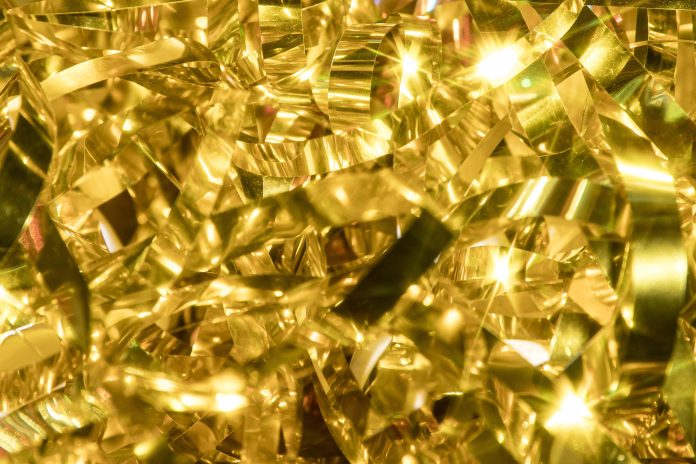You may never have considered using gold leaf in a project. However, the truth is it can transform virtually any item. Done properly, gold leaf looks stunning, will last for centuries, and helps to create a memorable experience.
Before you start using gold leaf, you should be aware of how it is made and what you can do with it.
Table of Contents
A Quick History
Gold leaf is not a new phenomenon. The Ancient Egyptians used it to cover headpieces, the top of the pyramids, and many other items, such as their coffins. At this stage, gold leaf was only accessible to the wealthiest people.Each leaf was handmade and customised to the desired requirements.
Of course, the Ancient Egyptians aren’t the only ones who used gold leaf. Greek sculptors are known to have coated their creations in this compound, accentuating specific details.
Even the Japanese are known to have used gold leaf for centuries. In this instance, it was frequently used as a decorative food and beverage garnish.
In approximately 400 A.D. gold leaf started to be used in manuscripts, highlighting specific letters. It was also used in paintings to accentuate specific details, such as a halo.
Renaissance painters also incorporated gold leaf into their creations, again, using it to highlight key areas.
Today, gold leaf is still a popular choice in many artistic creations. It’s used to coat objects and even used in food and drinks as flecks. Gold passes through the body without causing any negative side effects.
How gold leaf is created
Gold leaf is made from gold. The higher the quality of the gold the better the quality of the gold leaf.
What may surprise you is how thin the gold leaf is. Gold leaf can be as thin as 0.05 micrometres if hand-beaten. A machine can make it nearly as thin at 0.1 microns.
Gold leaf, beaten to 0.134 micrometres, is used on astronaut’s helmets, protecting them from the sun while still allowing them to see.
To create gold leaf, gold ingots must be broken into very small pieces. This is done by heating the gold and allowing it to become molten. It can then be moulded into thin gold bars. Each bar is then heated to soften it and hammered. Once it’s cooled, it’s reheated and the hammering continues.
In most cases, it will be reheated ten or even twelve times before the desired thickness is reached. At each stage it will be hammered and smoothed, to create a perfect, and very thin, finish.
It’s worth noting that molten liquid gold can have additional metals added. This will affect the karat rating and the final colour of the gold leaf.
Traditionally, goldbeater’s create gold leaf. They would pound the original piece of gold with a 15lb hammer for one hour, at a rate of up to 70 strikes per minute!
This would flatten the gold enough that the piece can be cut into four. Each piece would then be beaten again, for approximately three hours, to ensure it was wafer-thin.
Gold leaf applications
Paint something gold and it may last four or five years. Cover it with gold leaf and it can theoretically last an eternity. That’s one of the reasons why gold leaf is used to cover buildings and other objects. It doesn’t just add to the aesthetic appeal of an object, it will help to protect it.
It’s used to coat special features on buildings, highlight details in paintings, and even enhance the look of windows, doors, and other daily objects.
In modern times, consuming gold leaf has also become popular. Gold leaf is cut into very small pieces and used for display on cakes and even in drinks. It adds no nutritional value but does help the food and drink to look fantastic. That generally means people can charge more for the product. It’s a great marketing ploy.
Of course, gold leaf, especially 22-karat gold, is still expensive but it is affordable to most people. That means there is no real limit on what you can do with it.
If you’re thinking of using gold leaf then you’ll need to decide which technique to use. It can be put into place using water gilding or oil gilding. The water option is the more traditional approach and is more time-consuming. Oil gilding is the easier option as the gold leaf is laid directly onto a sticky adhesive and smoothed into position.
Bottom line
Gold leaf is the ideal material to improve any item, whether artistic or business. You can handle it yourself but, if you want the best quality finish, you’ll want to get the professionals to supply and fit your gold leaf. For this reason, a gold leaf catalogue is available here, you’ll be able to choose what you want or need.
















